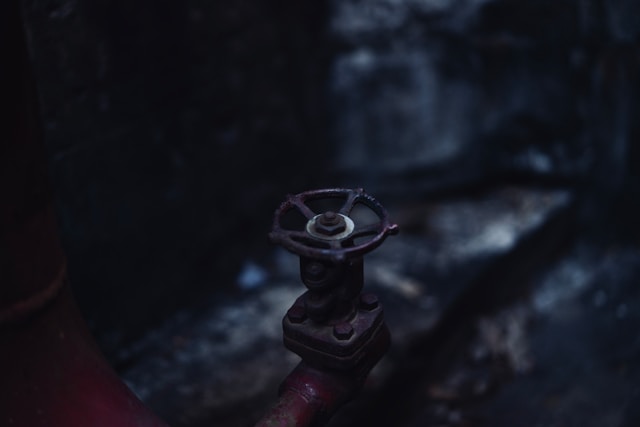Using active fire protection measures is essential to protecting buildings against fire. Active fire protection measures have two main advantages. First, they prevent fire from spreading to other parts of the building. Second, they reduce the risk of injury and loss of life. The third advantage is that they save money. This is why many buildings invest in these systems.
Active Fire-Protection Measures
Active fire-protection systems are important components of effective fire-prevention systems. The purpose of these systems is to extinguish fires and protect nearby equipment. They also reduce the risk of escalation. For instance, an auxiliary radio communication system can effectively communicate with firefighters and keep them informed during an emergency. It can also help mitigate the risk of smoke inhalation.
Active fire protection systems like fire prevention systems NYC are necessary for protecting buildings. They detect fire and take action, which may involve manual or automatic actions. In some cases, they may be used to suppress the fire before it can start. These systems can include alarm systems that notify the fire department and trigger sprinklers or fire-exit systems.
Active fire protection measures should be used in combination with passive measures. These measures can reduce fire severity by limiting its spread and allowing occupants more time to escape. On the other hand, passive protection systems don’t require energized initiation or motion. But they are still effective in preventing the spread of fire and preventing escalation. However, they have limitations compared to active fire protection systems.
Active fire-protection systems also can protect a building against structural fires. These systems use water spray to cool a fire and its surrounding area. Water has high latent heat, so it lowers the fire’s temperature and may even extinguish it entirely. In addition to cooling the fire, it can help keep adjacent structural supports cool to prevent collapse.
Impact of Failure on the Effectiveness
The impact of failure on the effectiveness of fire prevention systems is a complex issue. While fire departments are responsible for the safety of a community, they cannot do this alone. They must be integrated with community efforts to create a fire-safe environment. While the public and nonprofit sectors are responsible for fire prevention, they differ in how they approach the problem.
The general strategy for reducing fire risk is to limit the amount of fuel available for combustion and suppress it with various fire protection features. Building codes typically set a maximum permissible fuel load for a building. This limit is often given in MJ/m2 and is based on the building’s fire resistance requirements.
Fire prevention effectiveness can be measured through several different methods. Some approaches are based on spatial analysis of previous fire incidents, while others examine the causal factors of fires. Modern fire departments face many challenges, including a decrease in personnel and budget cuts. In addition to fire safety, firefighters deal with opioid addictions and other health issues.
Fire deaths are a serious problem. People aged 65 and older are 3.7 times more likely to die in a fire than the general population. In addition, smoke obscures escape routes and increases the risk of toxic gas inhalation.
Cost of System
Fire prevention systems are one of the best ways to protect your cargo vessel from devastating fires. These systems are designed to suppress fires with chemical agents such as FM200. They also detect exhaust leaks and detect H2S in bilgewater. These systems are inexpensive and effective and can significantly reduce the cost of cargo vessel fires.
The cost of installing and maintaining effective fire prevention systems depends on several factors, including installation and running. In addition, the net reduction in property damage, occupant injuries, and fatalities is considered. No ethical issues are associated with this method of costing injuries because it separates the financial and life safety aspects.
While fire prevention systems cost thousands of dollars, a fire extinguisher is inexpensive. For example, a fire extinguisher can be purchased at a retail store for less than $20. However, a fire extinguisher must be manned, and a person must be on-site to detect and extinguish the fire. This is a huge risk to human safety, and a fire suppression system eliminates this risk by handling fires automatically.
Costs of fire prevention systems vary according to size and type of building. Larger buildings will require more expensive fire suppression systems. Older buildings may be more difficult for fire safety crews to access. Additionally, fire alarms may require updating an electrical system, which increases the project’s overall cost.

 Revamping Your Bathroom Space: The Journey to Selecting the Perfect Cabinets
Revamping Your Bathroom Space: The Journey to Selecting the Perfect Cabinets  Strengthening Your Team: The Role of Background Checks in Modern Hiring Practices
Strengthening Your Team: The Role of Background Checks in Modern Hiring Practices  Keeping Your Hearth in Top Shape: The Value of Routine Fireplace Repair
Keeping Your Hearth in Top Shape: The Value of Routine Fireplace Repair  Septic Systems: Maintenance Tips for Homeowners
Septic Systems: Maintenance Tips for Homeowners 


